2025-09-03
Daniel Hartman
Design Dispatch, New York

For over a century, the exterior of the automobile has been the headline act—sleeker, faster, more aerodynamic with each generation. Interiors, meanwhile, have largely followed the same script: four seats, a wheel, a set of controls, and a few comfort flourishes. But as mobility shifts toward autonomy and digital-first experiences, London-based design studio NewTerritory is betting that the inside of the car is about to become the real stage for innovation.
“Historically, interiors were treated as sealed environments—functional, self-contained, almost clinical,” says Luke Miles, the studio’s founder. “But if you look at how people live, work, and connect today, the car has the potential to deliver something richer: a multi-sensory, brand-defining experience.”
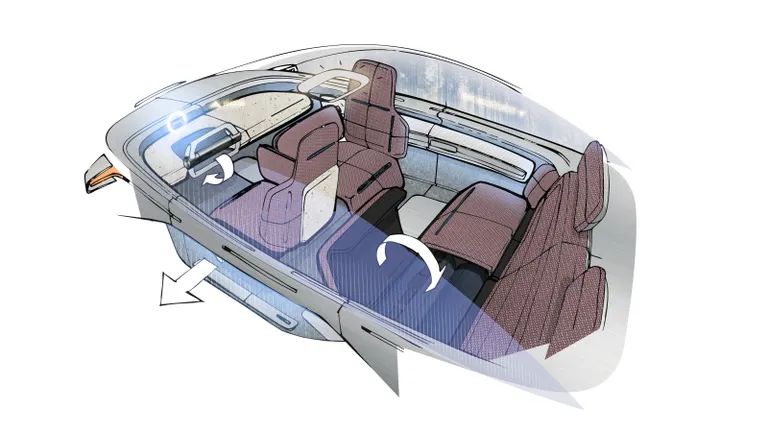
Founded in 2017 after Miles’ stints leading design at Virgin Atlantic and LG Europe, NewTerritory has grown into a playground for experience design. Its Clerkenwell townhouse studio is filled with cabin mockups, prototypes, and material experiments, buzzing with a mix of aviation, automotive, and tech projects. That energy recently caught the attention of U.S. consultancy Geniant, which acquired the studio in 2025 to expand its global footprint.
Much of NewTerritory’s expertise comes from aviation—an environment where passengers are captive for hours and design must address stress, fatigue, and sensory overload. Translating that thinking into automotive spaces opens new territory (pun intended): how to transform a car cabin into something that not only moves you physically but also emotionally.
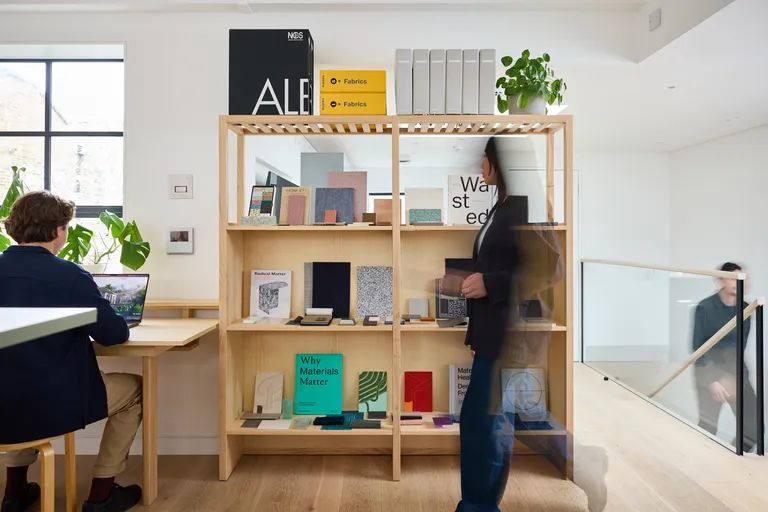
The last decade has seen automakers race to install ever-larger screens, creating cockpits that sometimes resemble control rooms. For Miles, this obsession misses the point.
“There’s a gravitational pull towards the screen—but it flattens the brand experience. Everyone starts to look the same,” he argues. Instead, NewTerritory is exploring how light, sound, scent, haptics, and tactility can quietly shape the in-car experience. Think ambient lighting that adapts to your mood, or analogue switches that restore a sense of craftsmanship lost in digital interfaces.
Luxury brands are already hinting at this shift: Ferrari’s new Amalfi returns to physical buttons after years of touch-sensitive controls, and Jaguar Land Rover’s experimental Body and Soul Seat vibrates in rhythm with music. For Miles, these details aren’t gimmicks but glimpses of a future where interiors communicate less through screens and more through subtle, sensory cues.
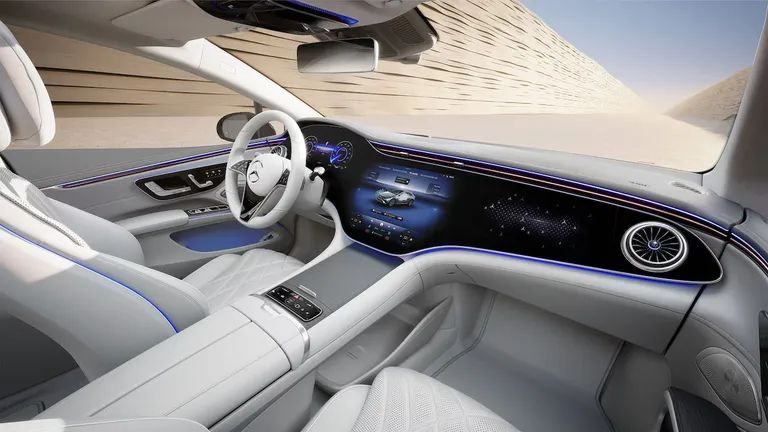
The real game-changer will be full autonomy. Once cars no longer need drivers, the directional “cockpit” layout can dissolve into dynamic, reconfigurable spaces. Concepts like transport student Arya Kani’s Mercedes x Belmond Hotel on Wheels imagine cabins that double as boutique hotel suites—a blend of hospitality and mobility.
“Autonomous technology opens up entirely new typologies,” Miles explains. “From mobile healthcare units to traveling kitchens or entertainment pods, cars could extend services to places that lack infrastructure. It’s a shift from vehicle as product to vehicle as host.”
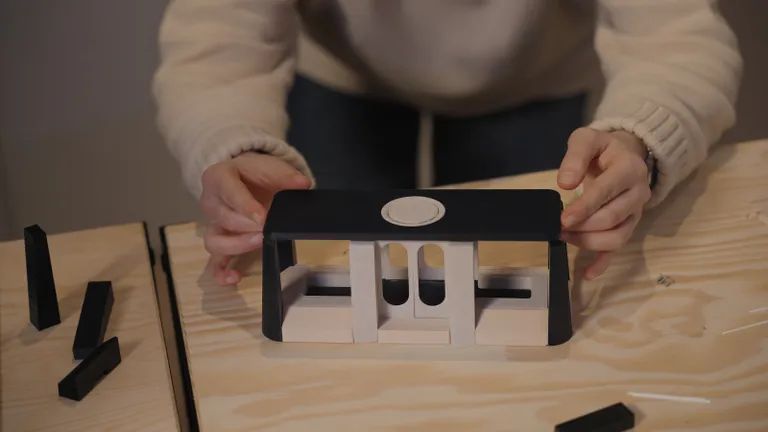
Even as AI-driven features become more common, Miles believes the future won’t be defined by maximalism, but by balance. “It’s about quietening the space, surfacing information only when needed, and using micro-interactions—like the feel of a dial or the sound of a latch—to remind people of the craft behind the vehicle.”
This philosophy pushes against the tech arms race dominating the industry. Instead, it proposes something more timeless: that good design is felt, not just seen.
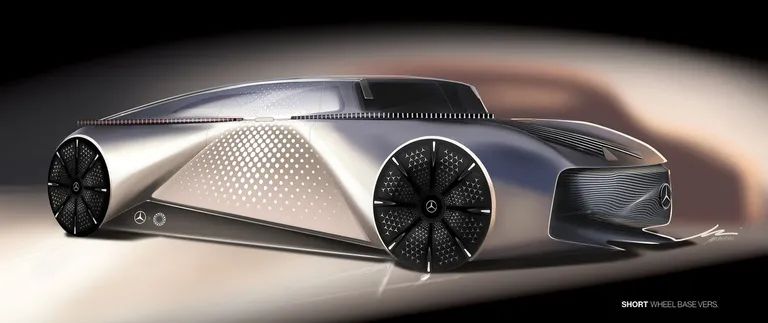
For now, the basic car interior remains familiar. Steering wheels, seats, and dashboards are unlikely to vanish overnight. But as companies like Uber prepare to roll out driverless taxis as soon as 2026, the countdown is on for a complete reimagining of interior space.
Until then, designers like NewTerritory are sketching, prototyping, and experimenting—quietly preparing for the moment when the car stops being just a machine, and starts becoming an experience in itself.